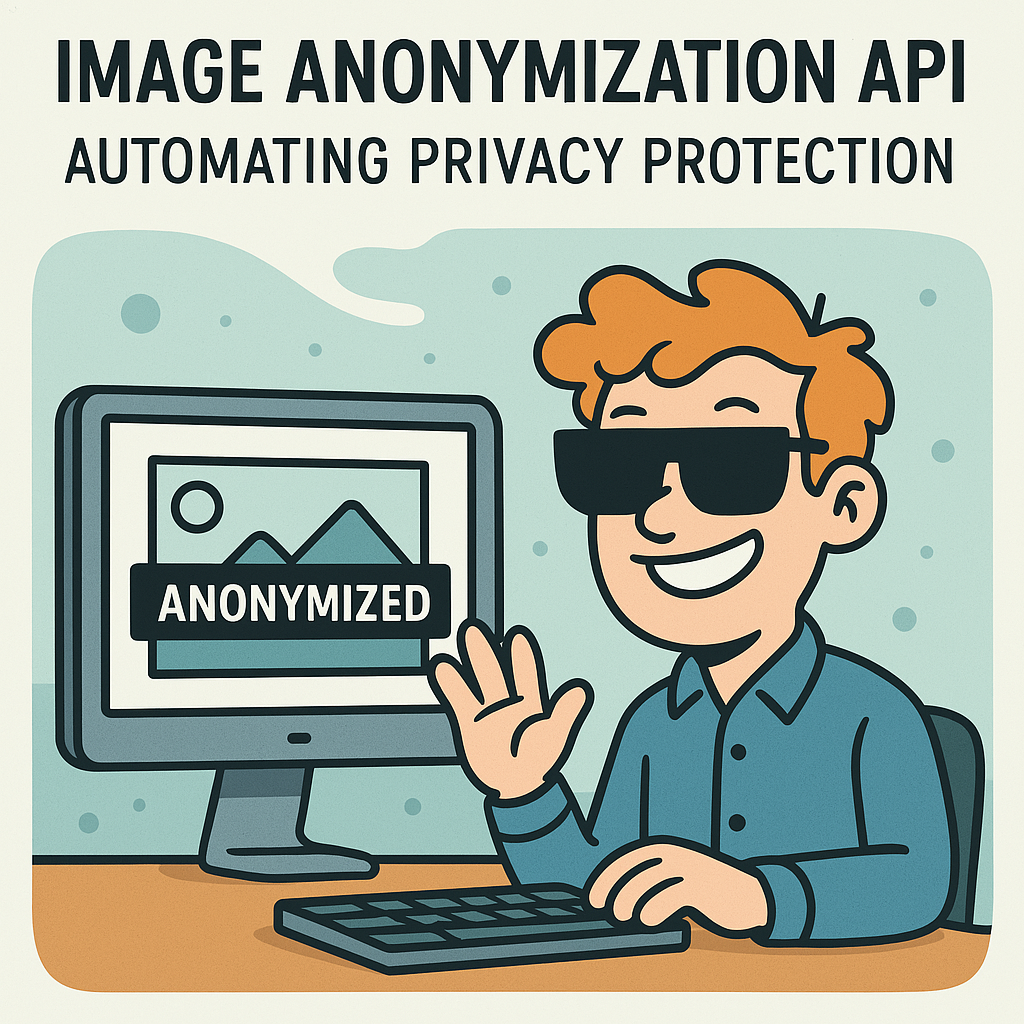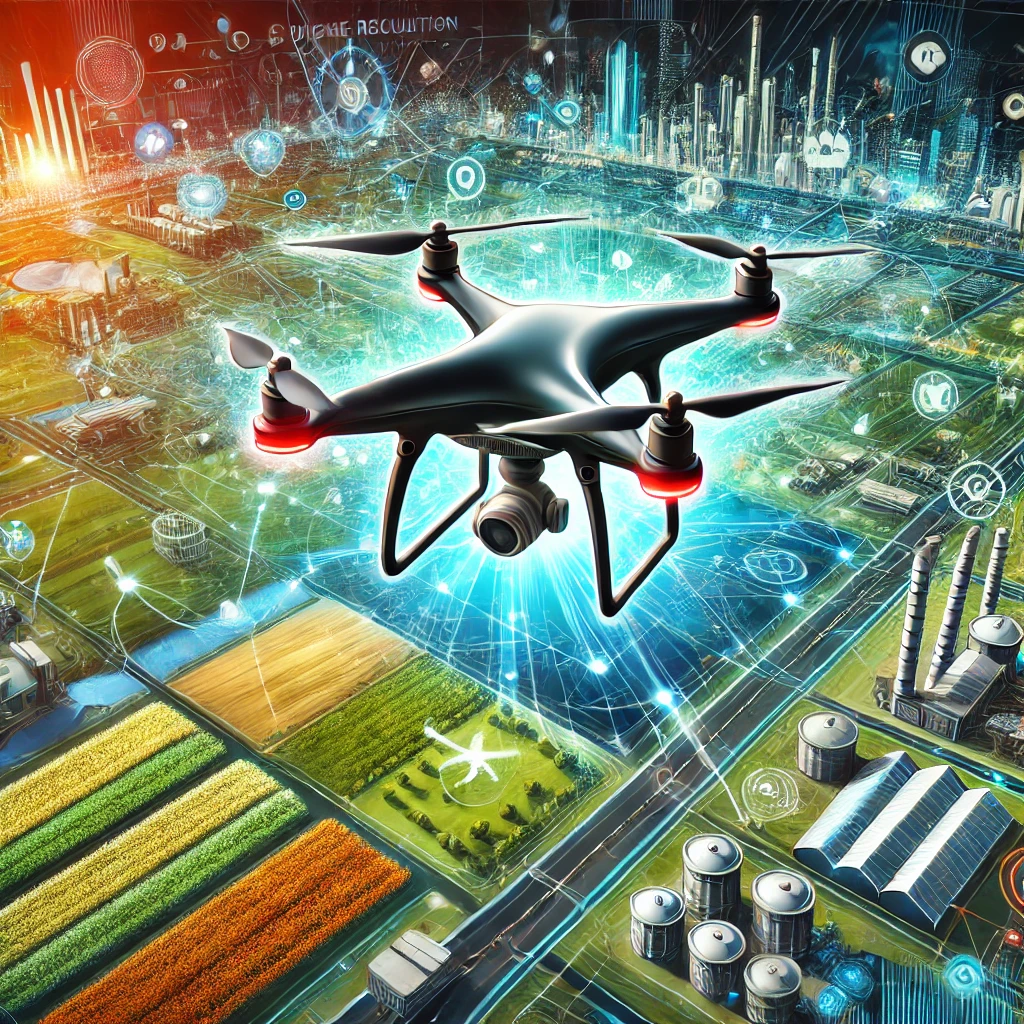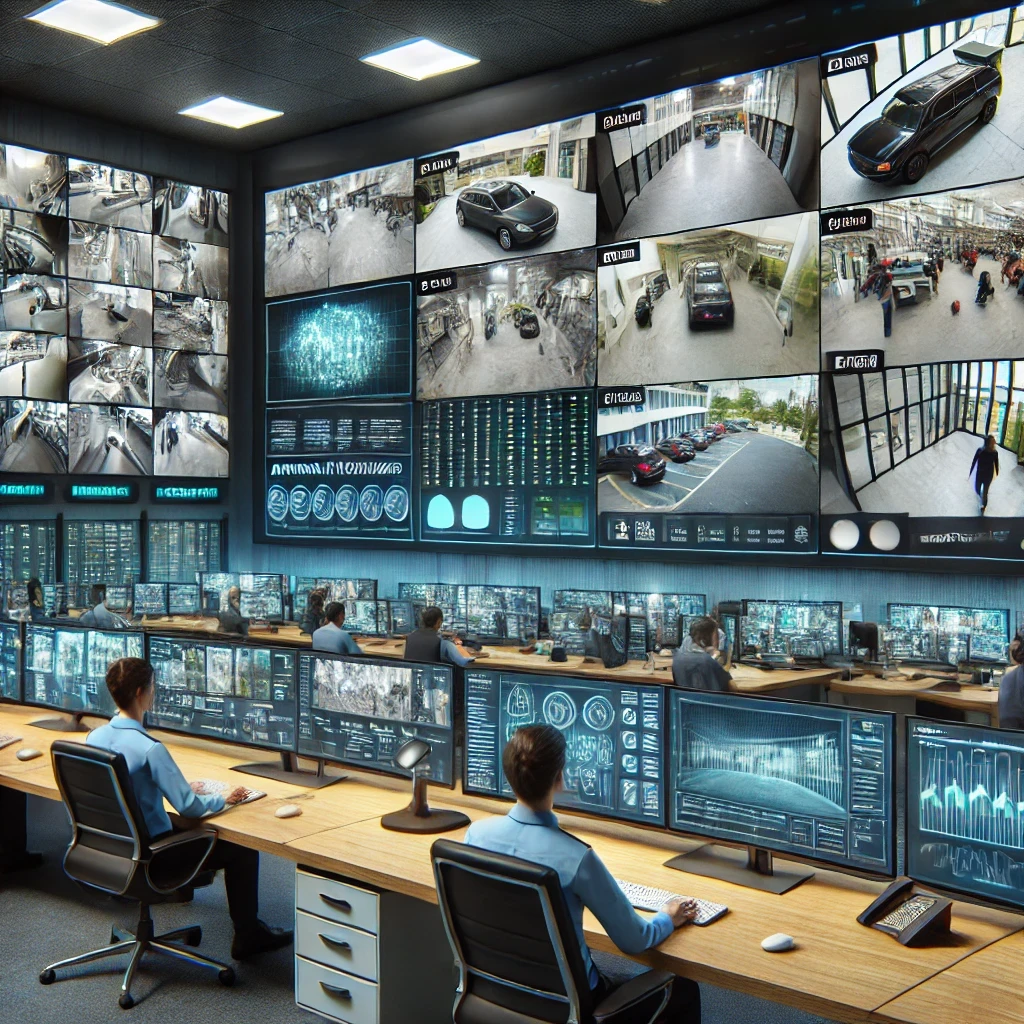
Image Anonymization API: Automating Privacy Protection
In an age where cameras are everywhere and visual data is collected at an unprecedented scale, protecting personal privacy has never been more important. From smart cities and retail environments to healthcare and academic research, images and videos often contain sensitive information such as faces, license plates and brand identifiers. Without proper handling, this data can expose individuals to risks and put organizations at odds with strict privacy regulations like GDPR and CCPA.
Image anonymization offers a reliable and scalable way to address this challenge. By using AI-powered tools to automatically detect and obscure sensitive elements, organizations can safely use visual content for analysis, sharing or public reporting — without compromising individual privacy. In this blog post, we take a deep dive into how automated image anonymization works, explore real-world use cases and share best practices for implementation. We’ll also look ahead at emerging trends like adaptive anonymization and highlight how cloud APIs can be combined with other image processing tools to build comprehensive, privacy-first solutions.

Automating Privacy Protection in Surveillance Systems
As surveillance systems become more widespread, businesses and organizations face growing pressure to balance security with privacy compliance. AI-powered image anonymization is emerging as a key solution, allowing security systems to automatically detect and obscure faces, license plates and other personal identifiers without compromising the effectiveness of monitoring.
This blog post explores how automated privacy protection is transforming modern surveillance, helping companies comply with regulations like GDPR and CCPA, build public trust and streamline operations. We discuss the latest advancements in AI-driven anonymization, real-world applications across industries and the benefits of integrating privacy-first surveillance solutions.
With evolving technology and stricter privacy laws, businesses must adapt. Whether through ready-to-use APIs or custom AI development, adopting automated privacy protection is no longer just a legal requirement — it’s a smart, future-proof strategy.

Image Processing & Drone Imagery: Multi-Industry Insights
Drones have revolutionized data collection across industries, but raw aerial imagery alone isn’t enough — it’s the power of AI-driven image processing that turns this data into actionable insights. From agriculture and environmental monitoring to construction, security, and disaster management, AI-powered analysis enhances decision-making, automates workflows, and improves operational efficiency.
This article explores how AI transforms drone imagery, the key tools and techniques used for object detection, OCR, and background removal, and the strategies businesses can implement to integrate AI-powered drone analysis into their existing systems. We’ll also examine emerging trends such as on-drone edge computing, real-time emergency response applications, and breakthroughs in deep learning for precise object recognition.
As AI technology evolves, organizations that invest in AI-powered drone solutions will gain a significant advantage—streamlining operations, reducing costs, and unlocking new possibilities for automation. Whether using pre-built APIs or custom AI models, the future of drone imagery is being shaped by intelligent image analysis. Dive in to discover how your business can harness these innovations to stay ahead.

AI for Security: How Image Processing APIs Improve Surveillance and Monitoring
AI-powered image processing APIs are transforming security and surveillance by enabling real-time monitoring, automating routine tasks, and enhancing accuracy. These technologies allow organizations to scale their surveillance systems efficiently, improve response times, and proactively manage security risks. From city surveillance and retail security to transport hubs and healthcare, AI-driven APIs offer cost-effective, scalable solutions that integrate seamlessly with existing infrastructure. As the future of surveillance evolves, these APIs will continue to play a crucial role in enhancing safety and security across industries.
